- DP60 Electronic material dispersants
DP60 dispersant This product is an innovative polyester-amine block copolymer aqueous solution. It realizes the construction of a three-dimensional network structure through molecular design. It is specially developed to solve the agglomeration problem of carbon-based nanomaterials (graphene, carbon nanotubes, etc.) and lithium-ion battery materials (silicon-carbon anode, ternary cathode, etc.) during wet grinding and spray drying. Characterized by FTIR and GPC, its molecular weight distribution D50 = 2000-5000Da, containing 30% active amino groups (calculated in KOH).
- Product Data
Composition:
It is a polymer containing multiple functional groups.
The structure is as follows:
Polyester segment: Contains carboxylic acid/ester functional groups;
Amino segment: Contains quaternary ammonium salt modified groups
Core mechanism:
- Multi-level dispersion system: The primary steric hindrance layer is formed by the flexible winding of polyester chains.
- Stereo-anchoring effect: The amino functional group forms a coordination bond with the surface defect sites of the carbon material.
- Solvent synergy: Forming a hydrogen bond network with NMP to improve mass transfer efficiency.
Typical Properties:
Appearance: light-colored transparent liquid
Viscosity: 120-180s (25℃, 4# cup)
Solid content: ≥99.5%
Amine value: 28-32mg/g (KOH)
PH value: 8.5-9.5 (25℃)
Density: 1.15-1.25g/cm³ (25℃)
Water content: ≤0.1%
*, The values shown in this data describe typical properties and do not constitute specification limits.
- Applications
Recommended application process:
- Nano-scale wet grinding process
Process flow: raw material pre-dispersion → high-speed shear emulsification (12000rpm, 20min) → grinder (3000rpm, 4h, temperature control 50℃) → centrifugal impurity removal (12000g, 20min) → vacuum drying (60℃, -0.09MPa)
Recommended Levels:
①、Recommended dispersant addition: 20~50% (relative to carbon material)
②、Grinding media: zirconium oxide beads (Φ0.5mm, accounting for 80%)
*. The above data are empirical dosages, and the optimal dosage needs to be determined through a series of tests.
- Spray drying process optimization
| Parameters | Recommended values | Mechanism of action |
| Feed concentration | 15-25wt.% | Control droplet size and thermal stress |
| Air flow | 20-30m³/h | Improve atomization efficiency and heat exchange rate |
| Inlet temperature | 180-200℃ | Optimize solvent evaporation gradient |
| Outlet temperature | 80-100℃ | Prevent thermal decomposition of materials |
- Typical application cases
Case 1: Preparation of graphene quantum dot dispersion
Formula: 10g graphene quantum dots + 3g HHDF-60 + 80ml deionized water
Effect: DLS measured particle size 8nm (PDI<0.3), transmittance>92%@550nm
Case 2: Silicon-carbon composite negative electrode slurry
Process: 15kg Si-C particles + 1kg HH-DF60 + 60kg NMP
Performance: slurry viscosity 3000cP@60rpm, tap density 1.4g/cm³
- Safety and environmental protection data
| Item | Data | Compliance Standard |
| LD50(rat oral) | >5000mg/kg | OECD 401 |
| LC50(inhalation) | >2000mg/m³ | GBZ 2.1-2019 |
| Biodegradation rate (28 days) | >90%(CO₂ release) | OECD 301B |
| EC50(aquatic organisms) | >100mg/L | ISO 6343 |
- Technical advantages
- Low temperature stability: can remain stable for more than half a year below 40°C (accelerated test verification)
- Multi-material universality: also effective for wide bandgap materials such as LiFePO4 and TiO2
- Process compatibility: seamless connection with existing lithium battery production lines, transformation cost <5%
- Packing specifications
1*25kg; 1*1000kg plastic barrel; packaging can be selected according to customer requirements.
- Storage & Transportation
Warning: This product is flammable, with a flash point of 90℃. Ventilation and explosion-proof are required during operation. Store in a cool and ventilated place, and avoid exposure to sunlight.
- Shelf life
The shelf life of unopened products is 18 months from the date of production.
The information herein is based on our present knowledge and experience.The information merely describes the properties of our products but no guarantee of properties in the legal sense shall be implied. We recommend testing our products as to their suitability for your envisaged purpose prior to use. No warranties of any kind, either express or implied, including warranties of merchantability or fitness for a particular purpose, are made regarding any products mentioned herein and data or information set forth, or that such products, data or information may be used without infringing intellectual property rights of third parties. We reserve the right to make any changes according to technological progress or further developments.
The data in this manual are based on laboratory tests and typical working conditions. For actual application, please refer to the results of small tests. It is recommended to establish a material compatibility database and monitor the dispersion state in real time through surface contact angle (θ<30°) and Zeta potential (ζ>+30mV).
 Houhuan Chemical
Houhuan Chemical

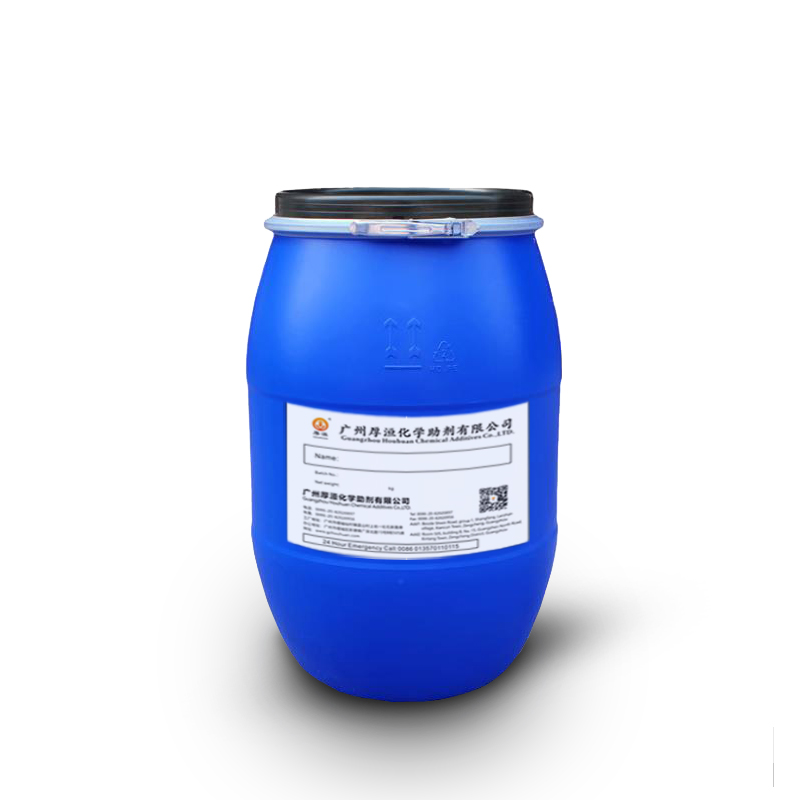
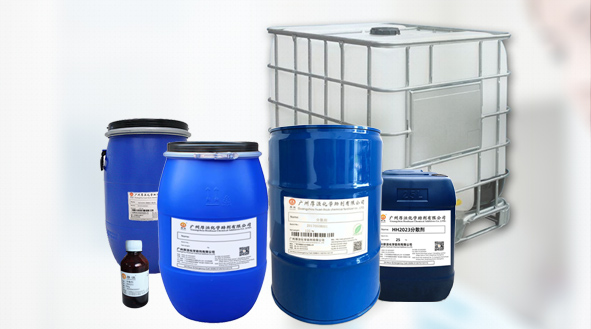
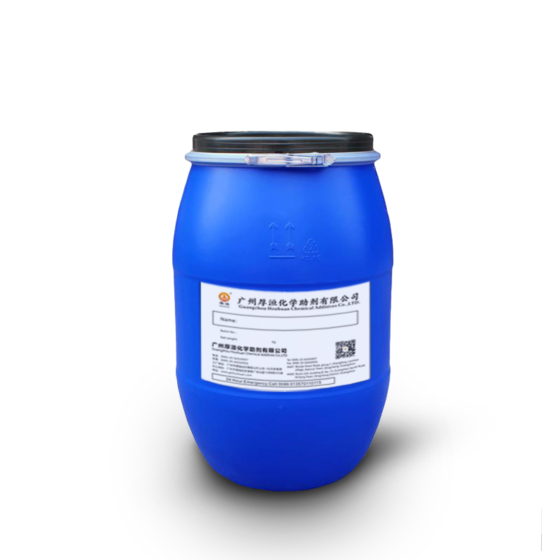
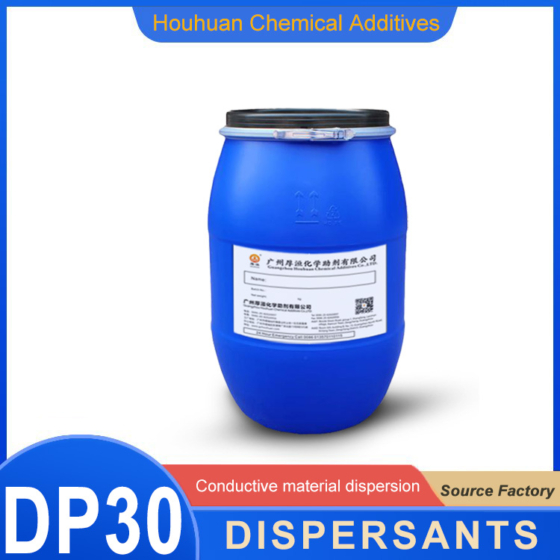
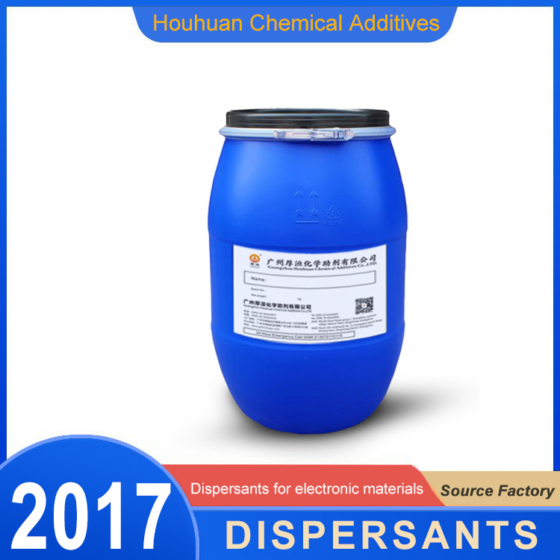

WeChat
Scan the QR Code with wechat